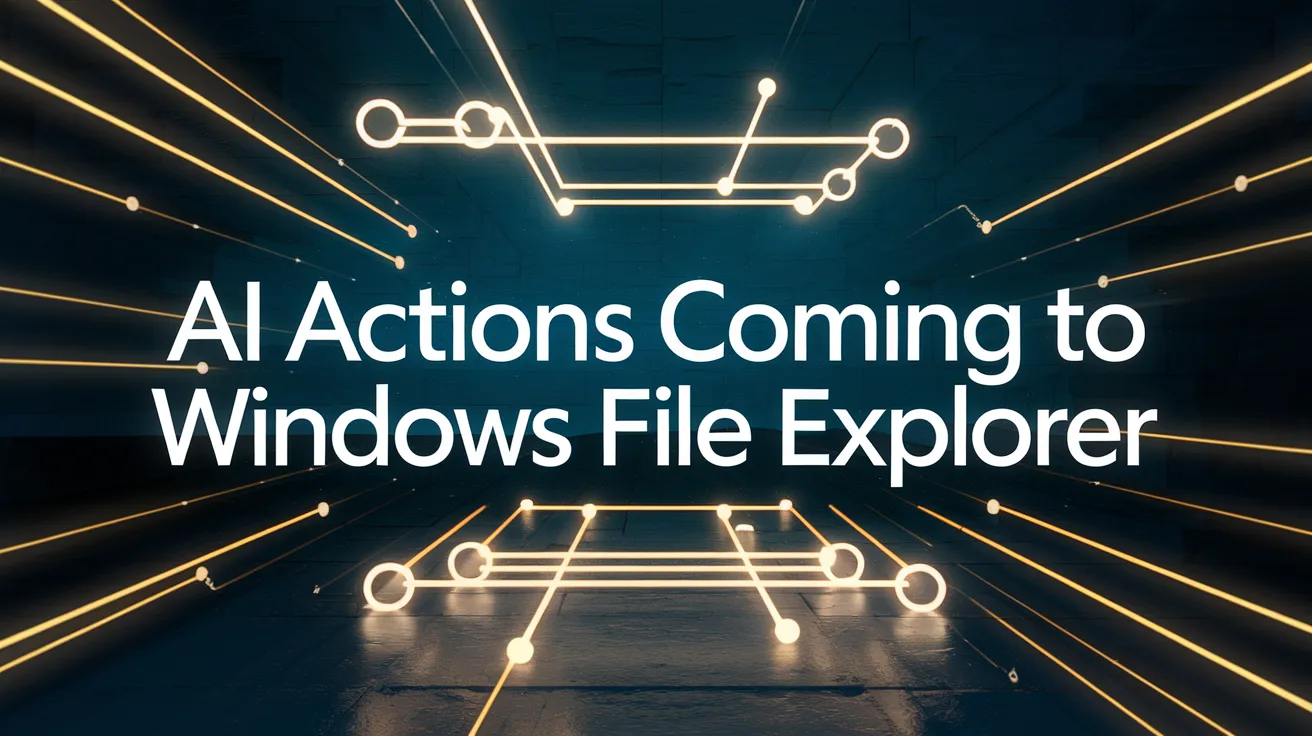AI Actions Coming to Windows File Explorer

Microsoft is taking significant strides in enhancing user experience by integrating AI shortcuts, dubbed AI actions, into the Windows 11 File Explorer. This innovative feature allows users to right-click on files and access a range of AI capabilities rapidly. Users will be able to utilize tools such as blurring photo backgrounds, erasing unwanted objects, and even summarizing content from Office files.
Currently, four image-related AI actions are being tested in the latest Dev Channel builds of Windows 11. These include:
- Bing visual search to identify and find similar images on the web.
- Blur background and erase objects features from the Photos app.
- Remove background functionality available in Paint.
In addition to image actions, Microsoft plans to expand these functionalities to Office files, allowing users to summarize documents stored on platforms like OneDrive or SharePoint and create AI-generated lists from file contents. However, these Office-related AI actions are currently restricted to Microsoft 365 commercial subscribers possessing a Copilot license, with consumer support expected to roll out at a later stage.
While it remains unclear whether these AI actions will be modifiable or removable from the right-click context menu, an “Ask Copilot” option has already been introduced in conjunction with these new features.
In tandem with the AI enhancements, Microsoft is also experimenting with visual updates to the widgets feature within Windows 11, aiming for a more organized, personalized, and engaging user feed. The Windows Insider team has indicated that this update will introduce Copilot-curated stories to enrich content interaction.
Moreover, this latest Dev Channel update features a new “User Interaction-Aware CPU Power Management” function, designed as an OS-level improvement to optimize power consumption for laptops and tablets. According to the Windows Insider team, after periods of inactivity, Windows 11 will automatically implement efficient power management policies, thus conserving energy. Users can expect seamless reactivation of full performance capabilities as soon as they return to their device.
The rollout of AI actions in Windows File Explorer exemplifies Microsoft’s commitment to enhancing productivity through technology, providing users with innovative tools to streamline their workflows directly from their file management systems.